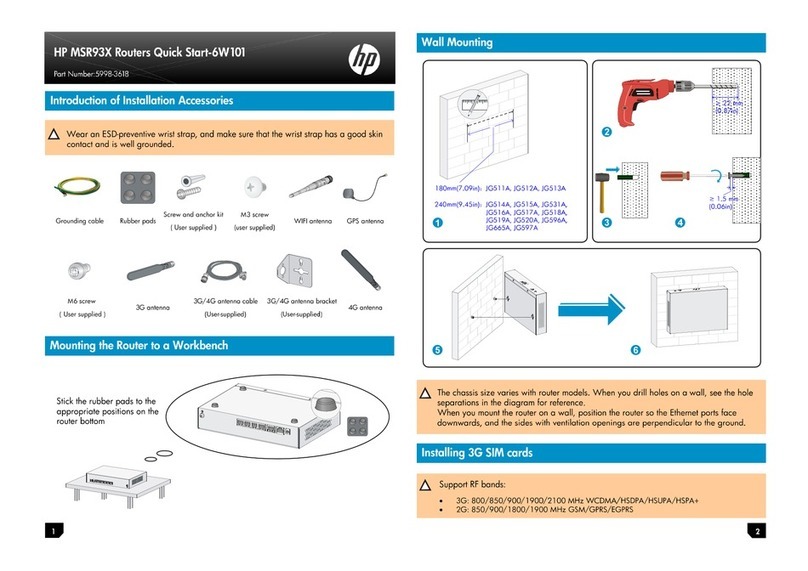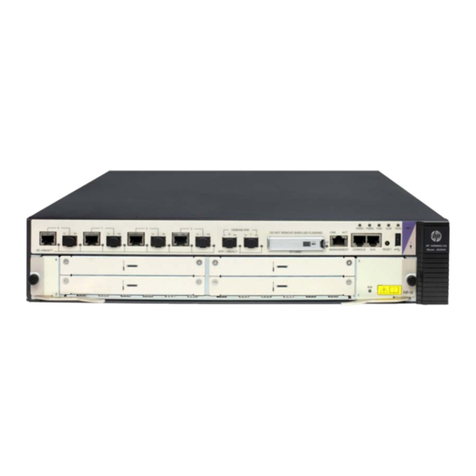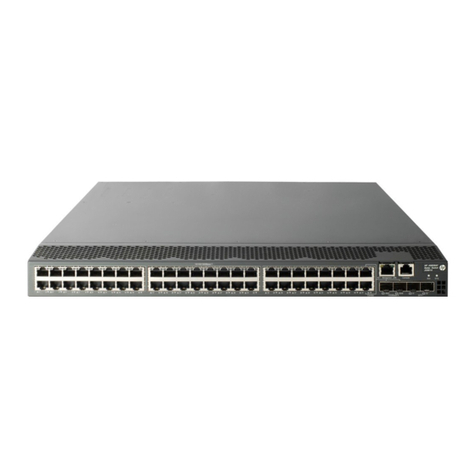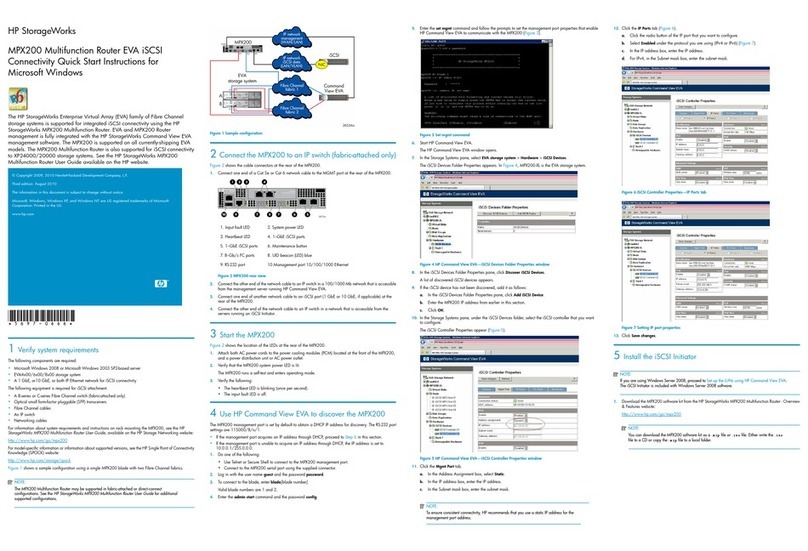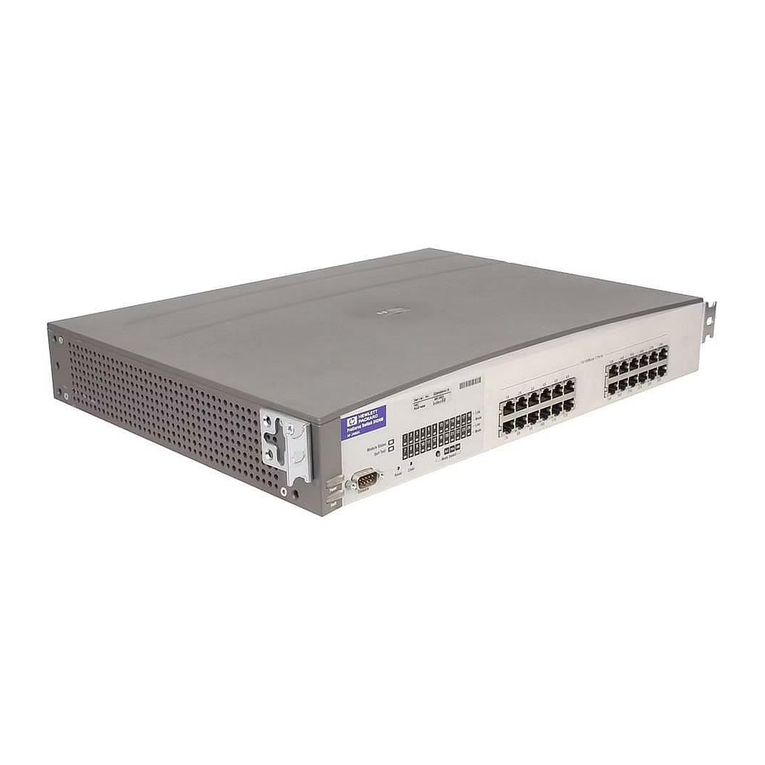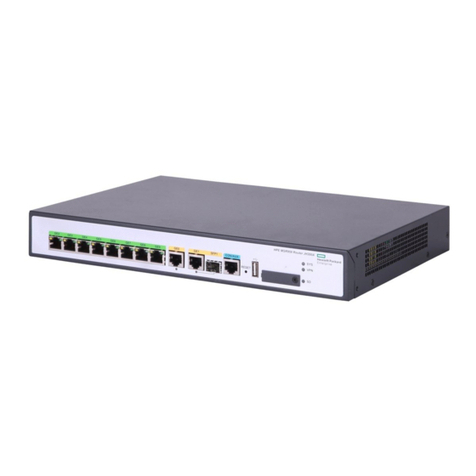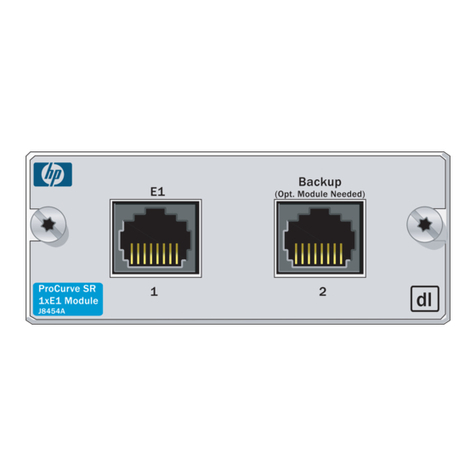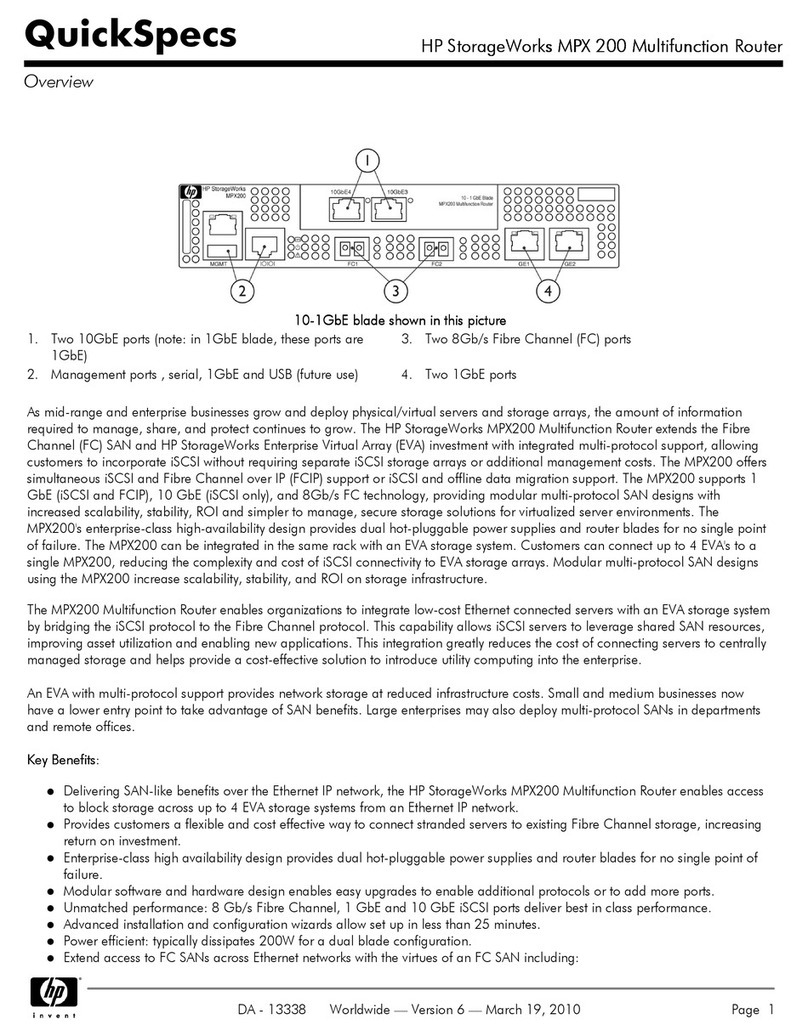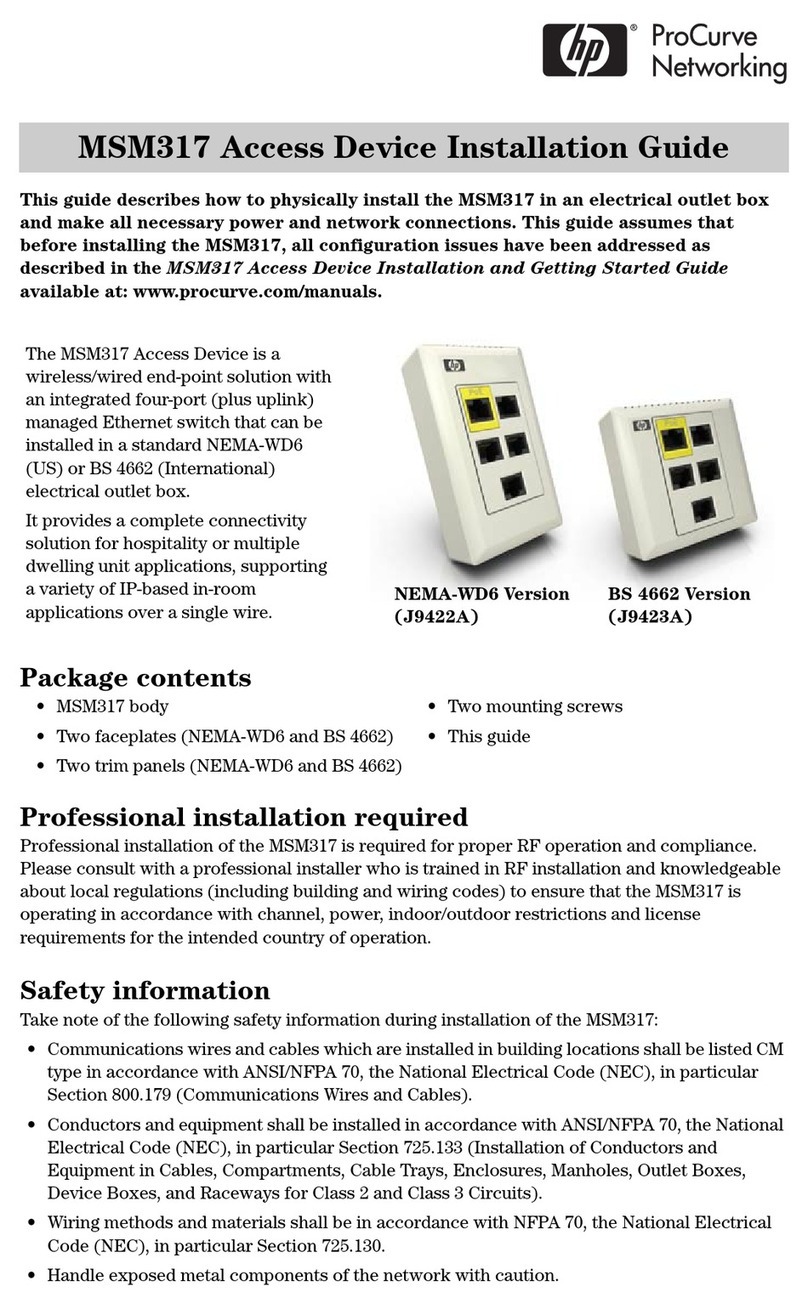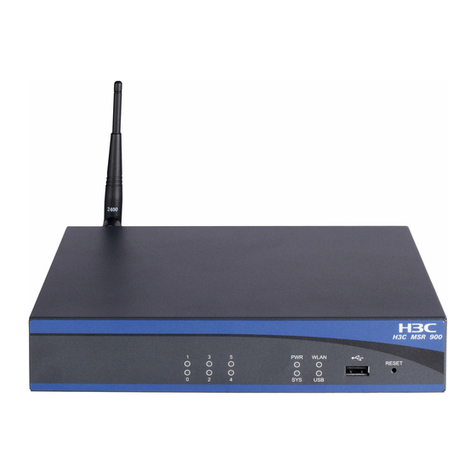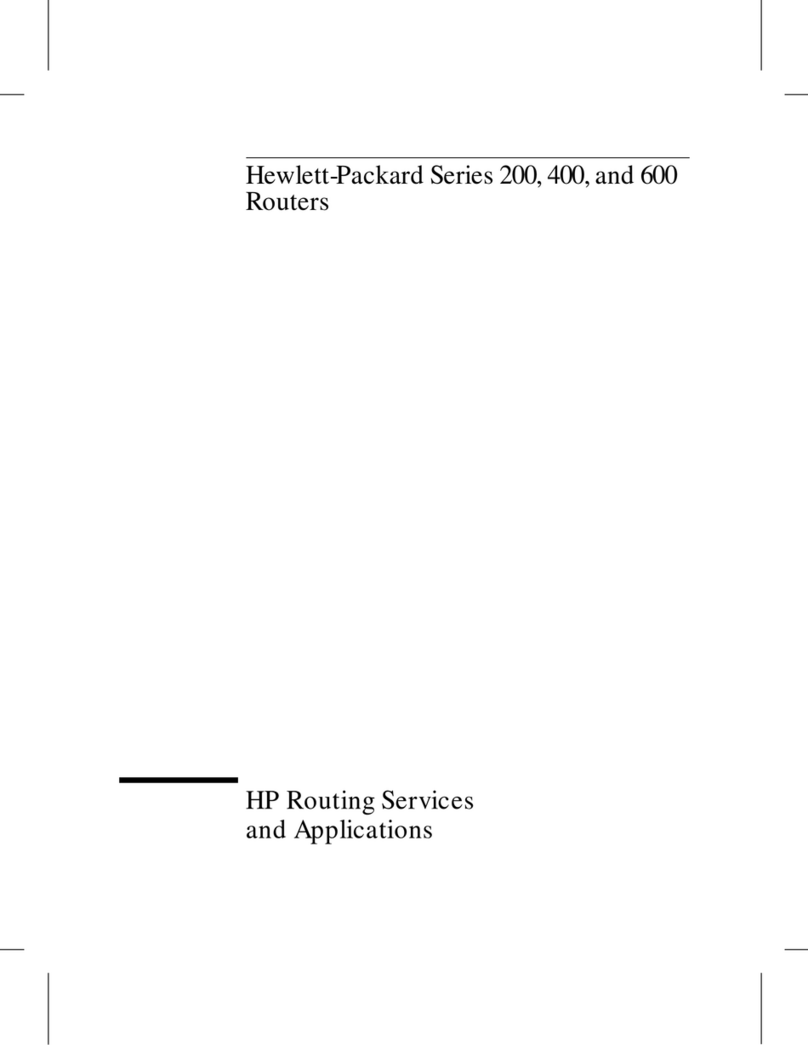
v
Configuring the maximum number of multicast groups on an interface·························································· 73
Adjusting IGMP performance ······································································································································· 73
Prerequisites ··························································································································································· 73
Configuring IGMP message options ··················································································································· 74
Configuring IGMP query and response parameters ························································································· 75
Configuring IGMP fast leave processing············································································································ 77
Enabling the IGMP host tracking function ·········································································································· 78
Configuring IGMP SSM mapping ································································································································ 78
Prerequisites ··························································································································································· 78
Enabling SSM mapping········································································································································ 79
Configuring SSM mappings································································································································· 79
Configuring IGMP proxying ········································································································································· 79
Prerequisites ··························································································································································· 79
Enabling IGMP proxying······································································································································ 79
Configuring multicast forwarding on a downstream interface········································································· 80
Displaying and maintaining IGMP Displaying and maintaining IGMP··································································· 81
IGMP configuration examples ······································································································································ 82
Basic IGMP functions configuration example····································································································· 82
SSM mapping configuration example ················································································································ 85
IGMP proxying configuration example··············································································································· 88
Troubleshooting IGMP··················································································································································· 89
No membership information on the receiver-side router··················································································· 89
Inconsistent memberships on routers on the same subnet················································································· 90
Configuring PIM·························································································································································91
Understanding PIM-DM ················································································································································· 91
Neighbor discovery ·············································································································································· 92
SPT building ··························································································································································· 92
Graft ······································································································································································· 93
Assert ······································································································································································ 94
Understanding PIM-SM·················································································································································· 94
Neighbor discovery ·············································································································································· 95
DR election ····························································································································································· 95
RP discovery··························································································································································· 96
RPT building ··························································································································································· 98
Multicast source registration ································································································································ 99
Switchover to SPT ·················································································································································· 99
Assert ····································································································································································100
Understanding BIDIR-PIM ············································································································································100
Neighbor discovery ············································································································································101
RP discovery·························································································································································101
DF election ···························································································································································101
Bidirectional RPT building···································································································································102
Administrative scoping ·······································································································································103
Understanding PIM-SSM ·············································································································································105
Neighbor discovery ············································································································································105
DR election ···························································································································································105
Construction of SPT ·············································································································································106
PIM protocol relationships···········································································································································106
Multi-instance PIM ···············································································································································107
Protocols and standards ··············································································································································107
Configuring PIM-DM····················································································································································107
Prerequisites ·························································································································································107
Enabling PIM-DM ················································································································································108
Enabling state-refresh capability························································································································109


